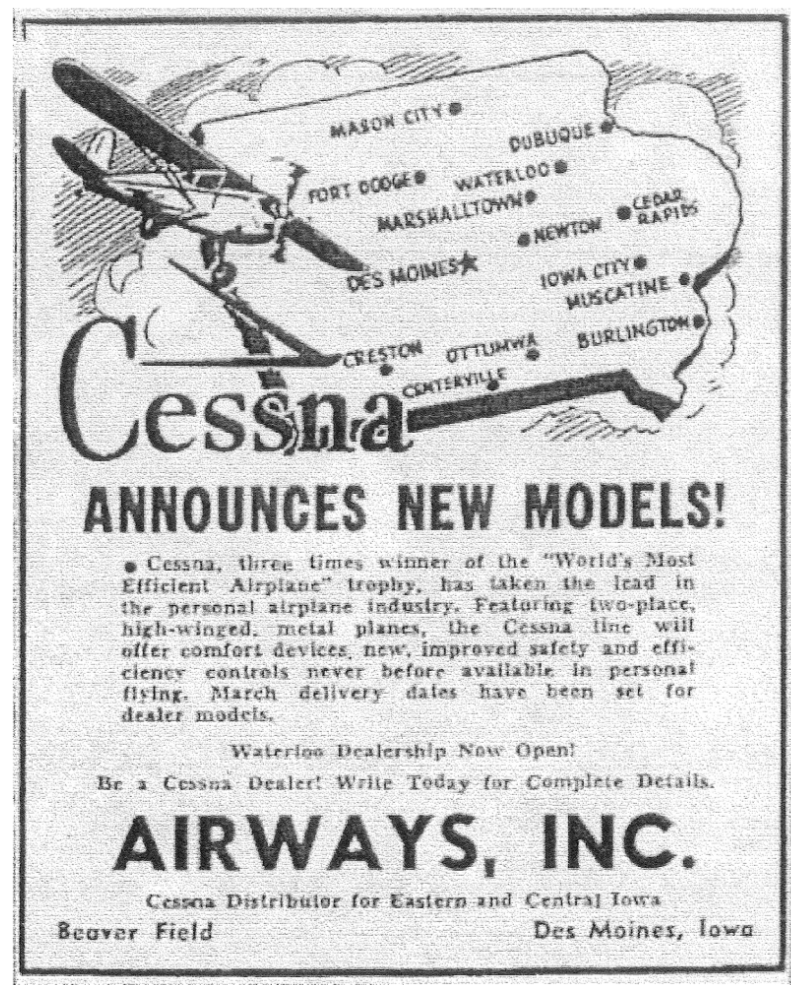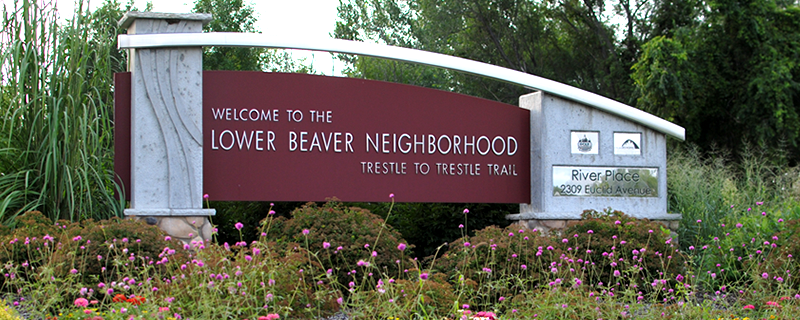About Us
Our History

In the 1850s, the earliest settlers in the Lower Beaver Neighborhood were farmers and land speculators. Farmers raised crops and livestock on the higher ground in the southwestern portions of the neighborhood while, to the north and east, brick and tile plants, coal mines, and the Inter-Urban Railway Line were located along the Des Moines River.
By 1900, a few homes appeared. Most of these were related to the brick industry which boomed on the river banks. Another group of cabins, however, formed a recreation steamboat stop called Camp Douglas. Even so, the area was predominantly rural until the Inter-Urban Railway bridge opened in 1908 and the Euclid Avenue wagon bridge opened a few years later. About the same time, Beaver Avenue established a link between Des Moines and Camp Dodge.
The first housing development in the Lower Beaver Neighborhood was started in 1919 at Beaver Avenue and Douglas Avenue. Homes in this development were build by owners and today are recognizable for their individual character and large front lawns. Residents commuted via the Urbandale trolley to what is now known as Beaverdale and then walked the last mile to the neighborhood.

The Great Depression and World War II brought housing development in the area to a halt, but by the 1950s, developers were laying out new neighborhoods once again. Early construction in the area was characterized by the same north-south grid of older neighborhoods, but in the 1960s, neighborhoods tended toward curvilinear streets more closely following the area’s topography.
Prior to 1957, commercial development in the area was slow. However, the announcement of Merle Hay Plaza and the opening of Plaza Lanes, a bowling alley near Douglas Avenue and what is now MLK, spurred both commercial and residential construction.
In the 1960s, the completion of I-235 drew commercial development away from the area once more, and in 1975, the opening of Valley West Mall exacerbated the situation.
The Lower Beaver Neighborhood Association was officially organized by the Des Moines City Council in July 2000. Today, the area is known for well-kept homes and streets lined with mature trees.
Not an HOA
Many communities today feature a Home Owners Association (HOA). These associations typically levy fees to provide community-wide services such as clubhouses, road maintenance, and landscaping. They also often impose rules and regulations that dictate what members must (and must not) do on their own properties. For example, some HOAs will dictate acceptable color schemes, require certain flowers to be planted, or set appearance standards for fences, etc.
The LBNA is not an HOA. While LBNA dues and donations can be used for neighborhood beautification projects, the association does not provide services such as lawncare, clubhouses, or street maintenance. Neither does the association impose rules or regulations on private citizens or their properties.
Instead, the focus of the LBNA is on community-building, education, and advocating for the overall good of our community. We do this through bi-monthly meetings where discussions center focus on matters of common interest, events designed to bring diverse people together, and maintaining open lines of communication with community leaders.
Our Mission
The LBNA strives to be a welcoming neighborhood that people want to call home by fostering an environment which…
- supports vibrant, viable businesses, new and old;
- provides quality housing stock for a diversifying population;
- offers enriching opportunities for community relationships and participation, education, and cultural exposure;
- features attractive parks, trails, trees, and year-round recreational opportunities;
- is environmentally responsible, preserving our natural resources, ecology, wildlife, and habitats; and
- maintains an infrastructure effective for the safety and service of all residents, young and old.
Our Plan
In 2011, the Lower Beaver Neighborhood was selected for the city of Des Moines’ Neighborhood Revitalization Program. A team of residents, along with city and other officials, examined the neighborhood’s needs and developed a plan to ensure the area’s vitality well into the future. Since then, this plan has served as a guide for much of what the LBNA does. Click here for a copy of the plan!
Our Partners
To accomplish our mission, the LBNA has forged a number of strategic partnerships. Some of these partners are listed below:
- Douglas Avenue Coalition
- Des Moines Neighbors
- Prospect Park Neighborhood Association
- Beaverdale Neighborhood Association
- Merle Hay Neighborhood Association
Our Board of Directors
Jeremy Geerdes
President
Claudia Thrane
Vice-President
Laura Barnett
Secretary
Steve Laudick
Treasurer
Allan Olney
William Sherman

